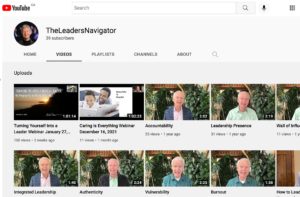SHATTERED OPEN – How Tragedies Can Help Us Grow
In the summer of 2024 approximately thirty percent of the beautiful townsite of Jasper, Alberta was destroyed in a fire that swept through that community. Of the 1,113 structures in the town, 358 of them burned. The wildfire covered an estimated 33,000 hectares, the largest wildfire recorded in the park in a century. A mass evacuation of 25,000 residents and visitors occurred in July last year with the evacuation order lasting until August 17. Tragically, one firefighter lost his life during the containment efforts. The insurance claims for damages are reaching nearly a billion dollars, making this tragedy one of Canada’s most expensive natural disasters.
There isn’t a person connected to this pristine community who was not impacted by the disaster. And the journey to recovery, rebuilding, and healing will last a lifetime.
While those who don’t live in Jasper can’t possibly know what it was like to go through the fires, perhaps some who did can help us understand the choices and challenges we all face in times of tragedy and trauma: Will we be shattered and defeated, or shattered open and transformed?
We all know people who have risen from a life interrupted, from the ashes of trauma – illness, loss of a loved one or business or home, divorce, layoff, bankruptcy, abuse – to emerge stronger, wiser, and more connected to their passion and purpose. How can you embrace unimaginable difficulty in a way that allows the pain to break you open so a better person can emerge from it?
Here are three reminders to get through a tragedy:
- There is no prescribed way to get through a devastating loss. The only way to get to the other side is through it. And you get through it by honoring whatever you’re experiencing.
- We’ve all heard that “when one door closes another one opens.” What they don’t tell you is that it’s hell in the corridor. It’s the corridor that’s toughest to navigate.
- There’s no such thing as “closure.” Closure is a fabricated concept used to give us an artificial sense of comfort in the pain. Instead of seeking closure, we heal by acknowledging and integrating gratitude and grief into our lives simultaneously. Healing is a life-long journey.


